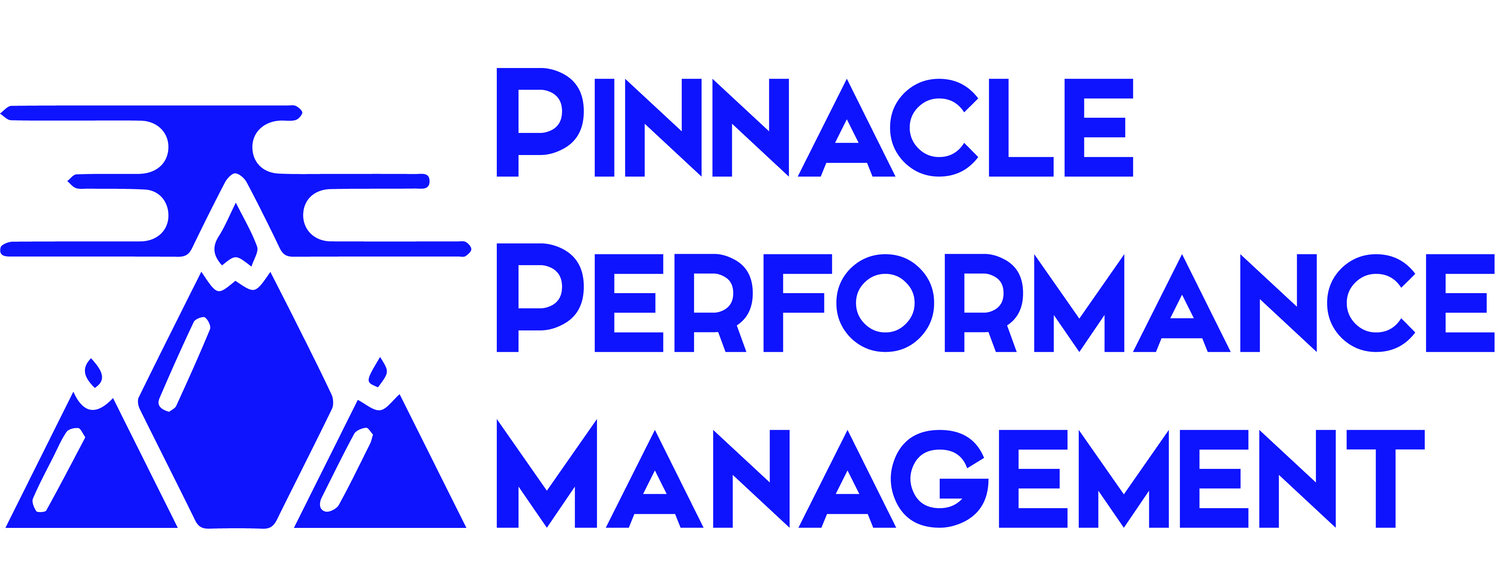
A plan is nothing without people, procedures, and resources
Building your capacity for response and recovery
Pinnacle Performance Management and its partners offer the following services and capabilities:
Business Continuity and Emergency Operations Plan Development
Business Continuity/Emergency Management Workshops and Training
Drills and Exercises
Areas of functional capabilities: program and project management, logistics and resource management, Emergency Operations Center/Incident Management, public health and medical response, human services, disaster recovery, emergency staff deployment and management systems, learning management systems
We believe in testing your capabilities through evaluation first; this means conducting a Table Top Exercise (TTX)* or hands-on workshop upfront.
Get in touch
Our Process
Step 1: Assessment through Exercising
Our experience has shown that many organizations have gaps in their emergency readiness capabilities, but just are not aware of them until the moment when they have to respond; that is not the time to find out key staff or systems may not be available or that staff members just don’t know what to do, what resources they are missing, and who to call. Instead of engaging with lengthy planning up front, we run exercises and hands-on workshops in a “no-fault environment” where we walk your key staff through real-life scenarios such as a pandemic, cyber attack, or power outage. We quickly gather data on your emergency response capabilities with your organization, figure out what is working and what is not, and identify immediate resources, both internal and external, and develop a practical improvement plan that can be implemented in less than 3 months.
Step 2: Planning Capacities
We believe that emergency plans should focus on establishing practical, easy to use, and effective emergency operating procedures. While some organizations need to have a formal, written plan, which we have experience authoring, the emphasis should be on the clear, workable steps individuals and teams need to take, from the incident triggers through to restoring systems to normal function or a new normal. Our work has included:
Development, production, and delivery of emergency and business continuity management preparedness and response job aids: field operations guides, pocket and quick reference guides.
Development and delivery of software and web applications for emergency management and business continuity, including Incident Command System (ICS as ASP) customization.
Development and maintenance of business continuity, emergency, and public safety plans.
Step 3: Building Capacities
Staff members’ time is precious, so we emphasize training and exercises that put your staff in the situation and managing the incident and its impacts through hands-on training and exercises. We have delivered numerous projects in the following areas:
Facilitation of threat and hazard identification and risk assessment workshops.
A full range of training development and delivery capabilities: classroom, online curriculum including video and e-learning courses, and blended learning solutions, including the customization and management of Learning Management Systems (LMS).
Development and delivery of a wide range of exercises: simulations, workshops, table-top exercises (TTX), drills, and functional exercises.
Development of After-Action Reports (AAR) and improvement plans.
This is never a “one and done” project; it is a continuous process, so we work with our clients to align and integrate their business continuity and emergency response program into ongoing operational work, so the cycle of planning, training, and exercising is a constant part of their business, leading to incremental improvements and expanding capacities.
See a short example of this below.
* Table Top Exercise or TTX is an activity in which key staff assigned to emergency management roles and responsibilities are gathered to discuss, in a non-threatening environment, various simulated emergency situations.
Virtual world based training course and simulation for emergency facilities
We worked with the NYC Office of Emergency Management and several City agencies to develop an effective hands-on, virtual world-based training. This was delivered to the top 100 Specialist Evacuation and Shelter Staff to enhance their skills and experience prior to hurricanes Irene (2011) and Sandy (2012).
